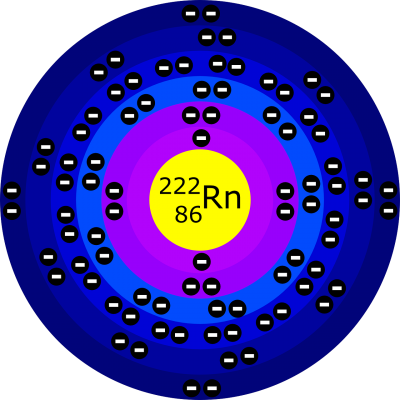Every aspect of a home, school or commercial building’s outer skin, including the roof, windows, and foundation (and cellar walls and floor, if a cellar exists) should be crucial components in minimizing/eliminating radioactive contamination. The exposure to natural radioactivity originates from various components, both external and internal. External radiation exposure comes from sources outside our body, that is, cosmic radiation and radioactive terrestrial radiation. Internal radiation exposure occurs through the uptake of radioactive substances in our food and air.
You can download this fact sheet by clicking here.
Depending on the altitude of a given locale and its soil characteristics, natural background radiation exposures can vary substantially. This radiation originates from unstable atomic nuclei within the earth’s crust and from energetic charged particles out of the cosmic radiation showering. Radon is an odorless gas, which escapes from certain radioactive materials (soil, building materials) and accumulates in the air.
The contribution of the radioactive gas radon (Rn-222) from natural sources is most dominant. Potassium-40 and thorium-232 are taken up through drinking water and food, resulting in an average effective dose two and a half times that of radon. The total dose equivalent including external and internal radiation exposures is also highly influenced by the following contributing sources: 1) natural radioactivity in building materials and industrial products; 2) accumulation of radon in buildings; and 3) artificial radioactivity.
Radon exposure is taken very seriously by the Environmental Protection Agency (EPA), especially in homes. The EPA recommends that an indoor air radon level of 148 Bq/m3 (4 pCi/L) should not be exceeded for any extended period of time. Initial measures to reduce radon levels should include appropriate ventilation, sealing radon entry paths and changing the usage of affected rooms. Long-term radon concentrations above 740 Bq/m3 (20 pCi/L) demand remedial action that should be taken within several months.
Our metabolic systems have already been weakened by exposure to stresses and toxins, resulting in lowered immunity. Our resistance is further lowered the everyday stress and disharmony of fast-paced, stress-filled contemporary lifestyles that ignore the laws of nature and deplete our immune systems. And this effect is exacerbated by living in homes which encourage the above, instead of sanctuaries that foster rest, relaxation, a sense of peace and calm – meditative spaces in which we are free to recuperate and regenerate, and “just be.” Dwelling long-term in an area of geopathic stress may worsen pre-existing health problems and obstruct or even prevent our ability to heal.
Geopathic stress disorders (biological effects caused by changes in the radiation pattern of the earth, geologically disturbed zones and naturally occurring anomalies) can manifest in humans, plants, and animals, and in dogs in particular: creatures that aren’t capable of rationalizing away their symptoms or procrastinating about undertaking proactive remedies … they simply flee the locale of the problem’s source.
The truth is that VOCs are found in many household products, including floor and furniture finishes, paints, and solvents. Thankfully there are alternatives. Low-VOC paint types include: Latex (water based), recycled latex (water based), acrylic, and milk paint. The labels of paint cans can be checked for the following information: To be considered Low-VOC, the paint should consist of <50 grams per liter (g/l) of VOC. To be considered Zero-VOC, the paint should consist of <5 g/l of VOC.
Want to learn more on this issue? Click the comprehensive online course, here below.


